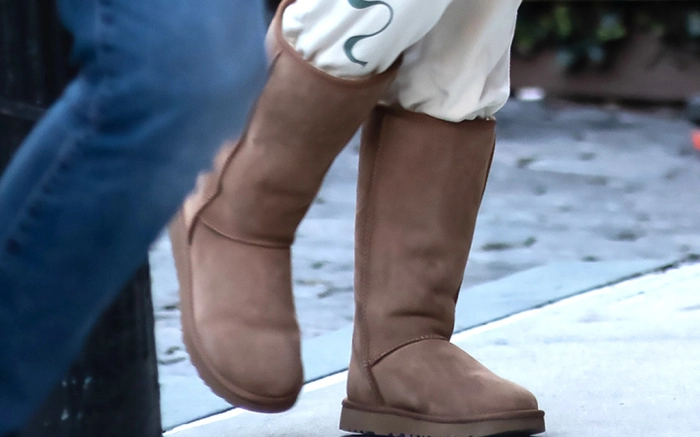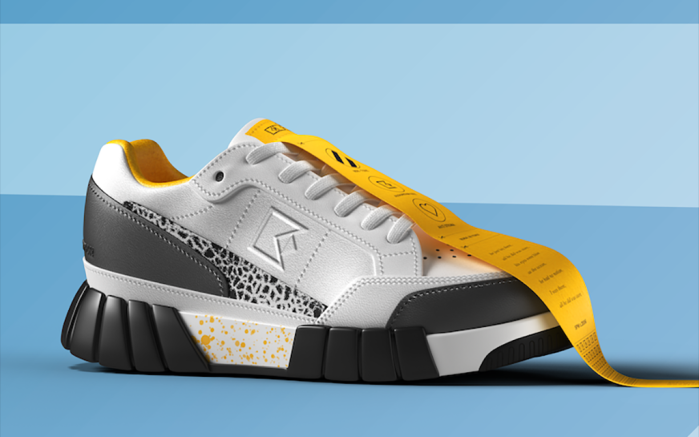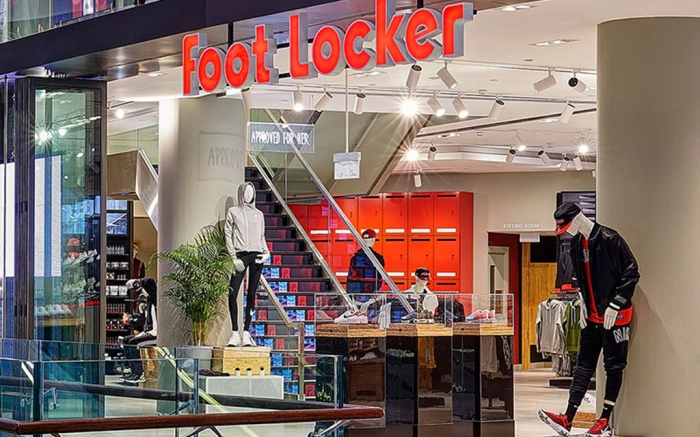How to choose Squat Shoes to Help You Hit PRs
By now, no one has to explain why you never skip leg day, but sometimes we need a reminder why we need to squat in the proper shoes.
When it comes to the king of compound movements, every muscle group must be working in sync in order for you to execute a squat both effectively and safely — whether you’re throwing a 45-pound plate on each side of the barbell for three sets of 10 or lifting ton-like strength like icon Chris Duffin. Proper squatting requires shoulder stabilization, core strength, proper spinal positioning, knee and ankle stability and adequate foot support. Any structural breakdown along that chain, especially at the ankles and feet, can lead to not only a missed 1RM but a possible injury.
What to look for in the best shoes for squats
A good squat requires a solid and stable feet-to-floor connection — meaning your toes should have enough room to spread and your heel should be secure and comfortable enough to grip the floor rep after rep.
“We can’t be chasing things if we don’t have a really good connection to the floor,” says Duffin, who’s squatted a record 1,001 pounds for three reps, is the founder of strength equipment company Kabuki Strength and is known in strength circles as the “Mad Scientist” for his innovative influence in strength gear. “If our toes are picking up, we’re rolling in, not actively controlling a squat, going into supination or pronation with the ankle complex to a greater degree, not driving down with the large toe and don’t have enough room for toes to splay for enhanced control, we can end up with back, knee and hip problems.”
(Note that Duffin recorded his squatting feat while barefooted — a method some athletes love — but this is not always comfortable for all, let alone hygienic.)
When shopping, remember that even the best cross-training shoes are not ideal to squat in.
John Wolf, chief fitness officer at supplement, health food and fitness equipment brand Onnit, recommends looking for styles with wide toe boxes for greater stability and solid heels to give you that “tripod” of support along the big and small toes and rearfoot.
“When it comes to squatting, the width of the toe box is something to be concerned about, along with the material density of the heel,” Wolf says. “Those are primary, especially when you’re working for getting maximal loads. At the same time, you also want to take into consideration the shoe’s comfort factor.”
If you’re only using your squat shoes for, well, squatting, you’re in luck, as you’ll probably be able to keep a quality pair for a few years. But, there are signs to be on the lookout for that may mean it’s time for a new pair.
If your feet begin slipping more often on the platform, this could indicate that the shoe’s gripping force is breaking down. Also, if your feet begin rolling out a bit more, the outer edges may be wearing down. “Maybe your toes are starting to kind of push out on certain areas of the shoe,” Duffin says. “That may be telling you you might need to upsize that shoe a little bit.”
When it comes to the king of compound movements, every muscle group must be working in sync in order for you to execute a squat both effectively and safely — whether you’re throwing a 45-pound plate on each side of the barbell for three sets of 10 or lifting ton-like strength like icon Chris Duffin. Proper squatting requires shoulder stabilization, core strength, proper spinal positioning, knee and ankle stability and adequate foot support. Any structural breakdown along that chain, especially at the ankles and feet, can lead to not only a missed 1RM but a possible injury.
What to look for in the best shoes for squats
A good squat requires a solid and stable feet-to-floor connection — meaning your toes should have enough room to spread and your heel should be secure and comfortable enough to grip the floor rep after rep.
“We can’t be chasing things if we don’t have a really good connection to the floor,” says Duffin, who’s squatted a record 1,001 pounds for three reps, is the founder of strength equipment company Kabuki Strength and is known in strength circles as the “Mad Scientist” for his innovative influence in strength gear. “If our toes are picking up, we’re rolling in, not actively controlling a squat, going into supination or pronation with the ankle complex to a greater degree, not driving down with the large toe and don’t have enough room for toes to splay for enhanced control, we can end up with back, knee and hip problems.”
(Note that Duffin recorded his squatting feat while barefooted — a method some athletes love — but this is not always comfortable for all, let alone hygienic.)
When shopping, remember that even the best cross-training shoes are not ideal to squat in.
John Wolf, chief fitness officer at supplement, health food and fitness equipment brand Onnit, recommends looking for styles with wide toe boxes for greater stability and solid heels to give you that “tripod” of support along the big and small toes and rearfoot.
“When it comes to squatting, the width of the toe box is something to be concerned about, along with the material density of the heel,” Wolf says. “Those are primary, especially when you’re working for getting maximal loads. At the same time, you also want to take into consideration the shoe’s comfort factor.”
If you’re only using your squat shoes for, well, squatting, you’re in luck, as you’ll probably be able to keep a quality pair for a few years. But, there are signs to be on the lookout for that may mean it’s time for a new pair.
If your feet begin slipping more often on the platform, this could indicate that the shoe’s gripping force is breaking down. Also, if your feet begin rolling out a bit more, the outer edges may be wearing down. “Maybe your toes are starting to kind of push out on certain areas of the shoe,” Duffin says. “That may be telling you you might need to upsize that shoe a little bit.”













